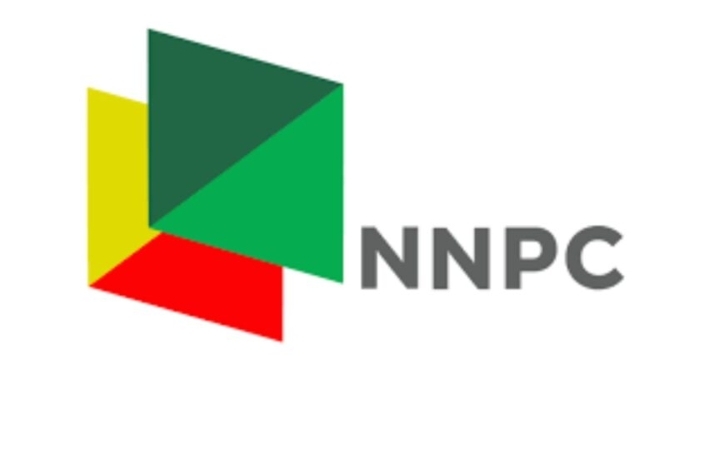Introduction To Multilingual Parenting Tips
Multilingual parenting refers to the practice of raising children who can speak multiple languages. It offers numerous cognitive, social, and cultural benefits for children, such as enhanced language skills, improved cognitive flexibility, and a broader understanding of different cultures. If you’re considering or already engaged in multilingual parenting, here are some tips to help you navigate this rewarding journey:
1. Start early:
Introduce languages to your child as early as possible. Research suggests that children have a natural ability to learn multiple languages during their early years.
2. Consistency is key:
Create a consistent language environment at home. Designate specific languages for specific family members or situations. For example, one parent speaks one language exclusively, while the other speaks a different language.
3. One parent, one language:
The “one parent, one language” approach involves each parent consistently speaking their native language to the child. This helps the child associate each language with a specific parent and facilitates language differentiation.
4. Use everyday situations:
Incorporate languages into your daily routines and activities. Label household items, sing songs, read books, and engage in conversations in different languages. This makes language learning a natural and enjoyable experience.
5. Expose your child to native speakers:
Encourage interactions with native speakers of the languages you want your child to learn. This can be done through playgroups, language exchange programs, or even online resources.
6. Provide ample language resources:
Surround your child with books, music, movies, and games in different languages. This exposure reinforces language learning and creates a rich linguistic environment.
7. Be patient and supportive:
Learning multiple languages takes time, and children may mix languages or show preference for one over the other. Stay patient and supportive, and avoid criticizing or correcting them too harshly. Encourage their efforts and celebrate their language milestones.
8. Foster cultural experiences:
Language and culture are closely intertwined. Expose your child to different cultures through music, cuisine, traditions, and celebrations. This helps them develop a deeper appreciation for diverse cultures and strengthens their language skills.
9. Maintain consistency over time:
As your child grows older, they may become more exposed to the dominant language of their surroundings, such as the language spoken at school. It’s important to maintain consistent exposure to all languages to ensure continued language development.
10. Be flexible: Every family’s multilingual journey is unique. Be open to adapting your approach based on your child’s needs and circumstances. Embrace the dynamic nature of language learning and make adjustments as necessary.
Remember, the goal of multilingual parenting is to expose your child to multiple languages and cultures, fostering their language skills and embracing diversity. Enjoy the process and celebrate the richness that multilingualism brings to your family’s life.
Supporting Language Development In different Age Group
Supporting language development in different age groups requires an understanding of the specific needs and abilities of each group. Here are some general strategies for supporting language development in different age ranges:
Infants and Toddlers (0-2 years):
1. Talk and engage:
Engage in frequent conversations with infants and toddlers. Talk about what you are doing, label objects, and describe their surroundings.
2. Read aloud:
Read age-appropriate books with simple and repetitive language. Point out pictures and talk about the story.
3. Sing and rhyme:
Sing songs and recite nursery rhymes to expose them to different sounds and rhythms.
4. Respond and imitate:
Respond to their coos, babbles, and gestures. Imitate their sounds and encourage them to imitate yours.
5. Use gestures and facial expressions:
Use gestures and facial expressions to support understanding and communication. For example, wave goodbye or make funny faces.
Preschoolers (3-5 years):
1. Expand vocabulary:
Introduce new words and concepts in everyday conversations. Encourage them to ask questions and explain things in their own words.
2. Encourage storytelling:
Encourage preschoolers to tell stories or recount events. This helps develop their narrative skills and vocabulary.
3. Play with language:
Engage in wordplay, such as rhymes, riddles, and tongue twisters. This helps develop phonological awareness and creativity.
4. Read together:
Read a variety of books together, including picture books, storybooks, and alphabet books. Discuss the story, characters, and ask open-ended questions.
5. Provide writing materials:
Offer opportunities for drawing, scribbling, and writing. Provide crayons, paper, and other writing materials to encourage early writing skills.
School-age Children (6-12 years):
1. Encourage reading:
Encourage independent reading and provide a wide range of age-appropriate books. Discuss the books they read and ask them to summarize or predict what might happen next.
2. Foster conversation:
Engage in meaningful conversations on various topics. Encourage them to express their thoughts, opinions, and ideas.
3. Expand vocabulary and grammar:
Introduce new words, idioms, and more complex sentence structures. Correct their grammar and provide explanations when needed.
4. Writing practice:
Encourage writing activities such as keeping a journal, writing stories, or participating in creative writing exercises. Provide feedback on their writing skills.
5. Use technology:
Utilize technology tools like educational apps, language learning software, and online resources to support language development and provide interactive learning experiences.
Remember, each child develops at their own pace, so it’s important to provide a supportive and nurturing environment tailored to their individual needs.
Celebrating Language Milestones And Achievements
Celebrating language milestones and achievements is a wonderful way to acknowledge and appreciate the progress made in language learning and mastery. Whether it’s reaching a specific level of fluency, completing a language course, achieving a high score on a language proficiency test, or successfully communicating in a foreign language, these milestones deserve recognition. Here are some ideas for celebrating language milestones and achievements:
1. Certificate or Diploma:
Create a personalized certificate or diploma highlighting the specific achievement or milestone. It could include the individual’s name, the language learned, the level of proficiency attained, and the date of accomplishment.
2. Language Party:
Organize a language-themed celebration where participants can immerse themselves in the culture and language they have been learning. Decorate the venue with flags, symbols, or items associated with the language and culture. Play music, serve traditional food, and encourage conversations in the target language.
3. Language Exchange Event:
Host a language exchange event where learners can practice their language skills with native speakers or fellow learners. This can be done in person or online through language exchange platforms. It’s a great opportunity to showcase their progress and celebrate together.
4. Recognition on Social Media:
Share the achievement on social media platforms and congratulate the individual publicly. This can be done through posts, pictures, or videos highlighting their journey, progress, and the significance of the milestone. Friends and family can then join in the celebration by leaving supportive comments and messages.
5. Language-related Gifts:
Consider giving language-related gifts to commemorate the achievement. This could include language learning resources such as books, language dictionaries, or language learning apps. Alternatively, you could give items related to the culture associated with the language, like traditional clothing, music, or artwork.
6. Language Trip:
Plan a trip to a country where the language is spoken as a way to immerse oneself in the language and culture. It could be a reward for reaching a particular milestone or an opportunity to further enhance language skills. Exploring the country, interacting with locals, and practicing the language in real-life situations can be an incredibly rewarding experience.
7. Personal Reflection:
Encourage the individual to reflect on their language learning journey by writing a blog post, creating a video, or keeping a journal. This allows them to express their thoughts, share their experiences, and provide inspiration for others who are learning the same language.
Remember, celebrating language milestones and achievements not only boosts motivation and confidence but also reinforces the value of language learning. It recognizes the hard work, dedication, and progress made by individuals on their language learning journey.







